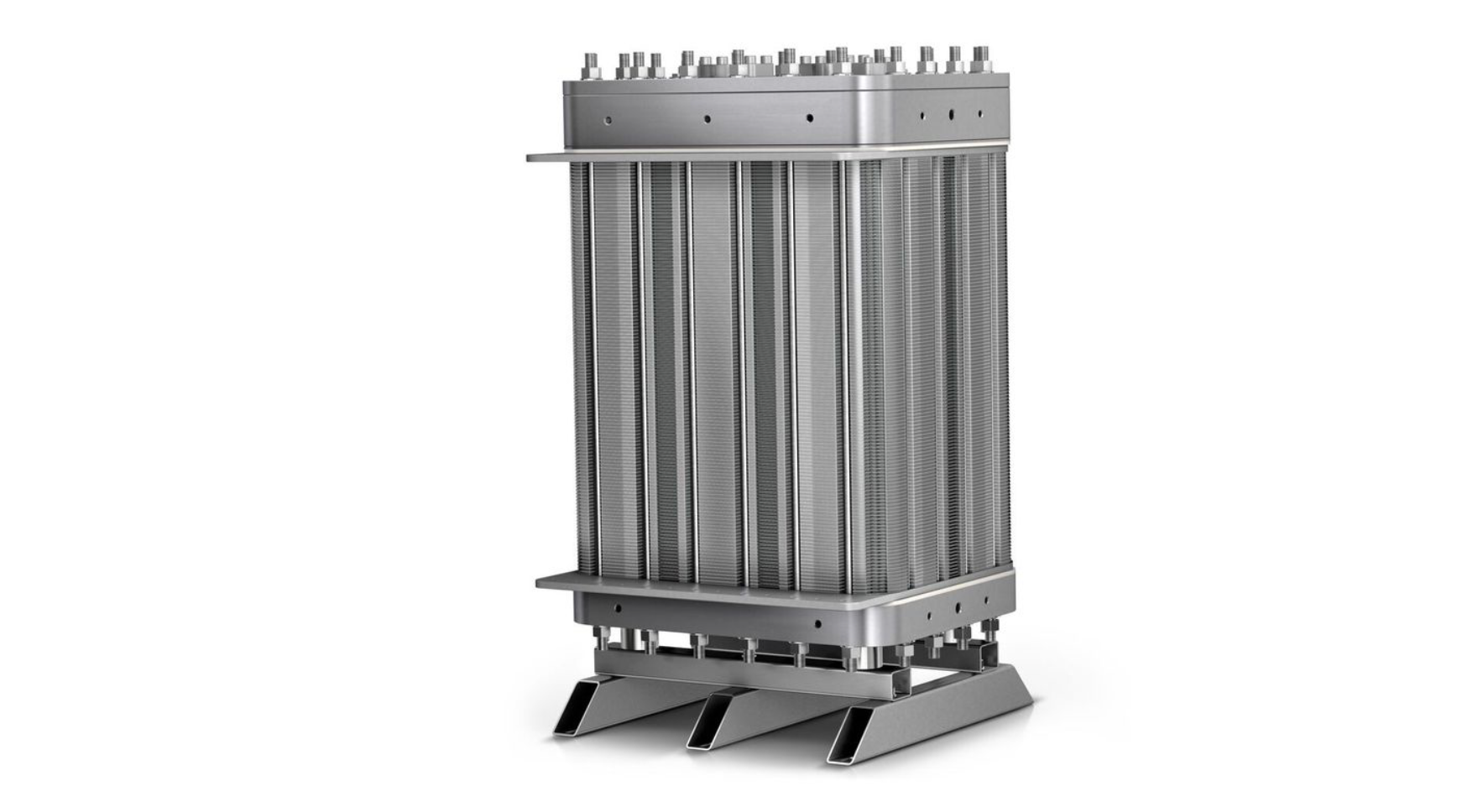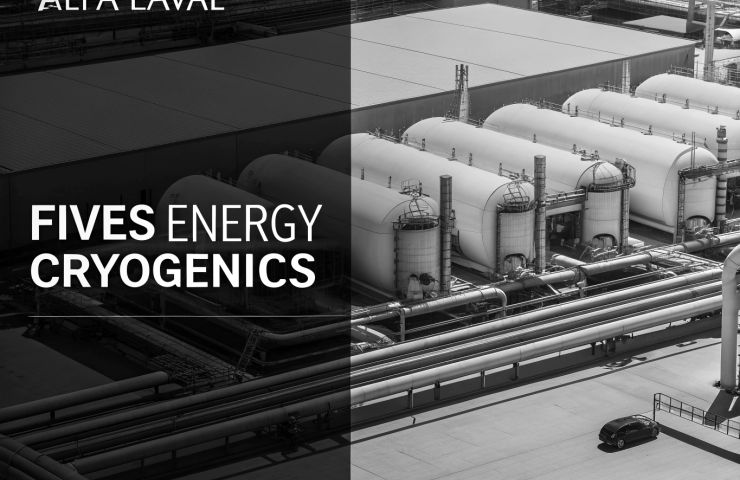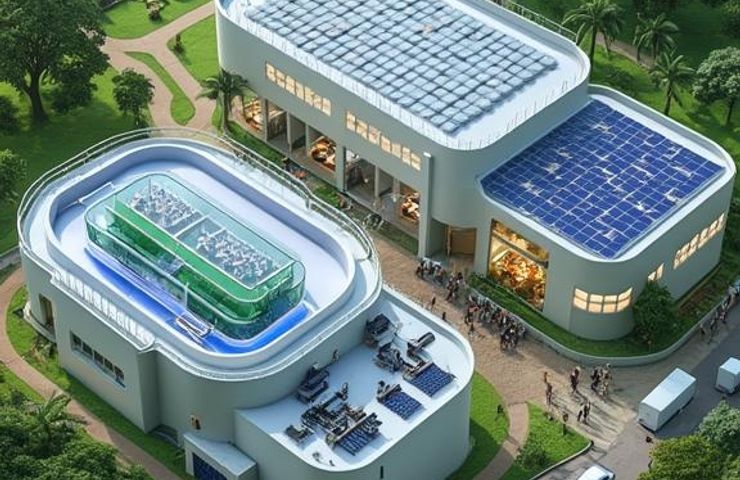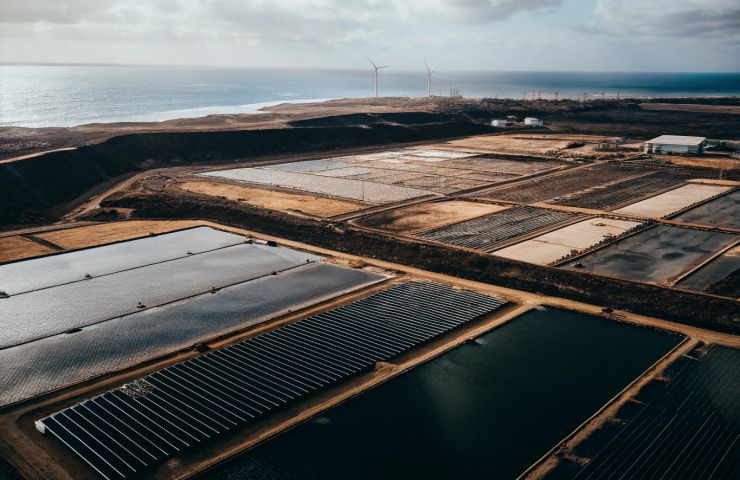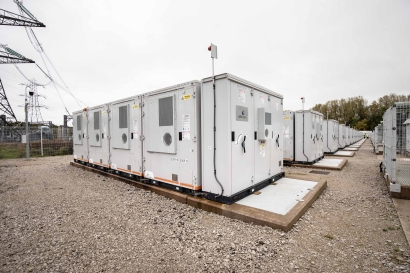The best tilt angle for canal-mounted PV systems
Researchers in Türkiye have conducted an experimental study on the ideal tilt angles for PV systems deployed on canals. Their analysis showed that an 8◦ tilt angle consistently demonstrates greater performance.

Researchers in Türkiye have conducted an experimental study on the ideal tilt angles for PV systems deployed on canals. Their analysis showed that an 8◦ tilt angle consistently demonstrates greater performance.
Scientists from Van Yuzuncu Yil University in Türkiye have conducted an experimental study on canal-mounted PV (CM-PV) systems to measure the ideal tilt angles for deployment.
”CM-PV panel systems have various advantages. Thanks to evaporative cooling, panel efficiency increases with the decrease in panel temperature, and no external energy source is needed for this cooling process,” the research team said. “It also prevents the occupation of land that can be used for different purposes, such as agriculture and construction. The shade created by the panels on the water surface protects the water quality by reducing algae formation in the canal and contributes to water saving by preventing evaporation.”
To test the CM-PV system performance, the team constructed two canal structures in the form of a half-cylinder with dimensions of 200 cm × 100 cm × 50 cm. To simulate water flow in each channel, two pumps with a capacity of 35 L/min were used. Polycrystalline PV panels with an output of 250 W were placed on these structures at angles of 8°, 23°, and 38°.
The tests were conducted on the campus of Van Yuzuncu Yil University. Initial data were taken at 07:45 in the morning, and then data were obtained and recorded every 20 min starting at 08:00. The last data of the day was taken at 18:00.
“The panels placed on the canal and on the ground were placed with the same tilt angle: 8° tilt angle in the first experiment, 23° tilt angle in the second experiment, and 38° tilt angle in the third experiment. Each experiment was conducted for one day. This group of experiments was carried out consecutively on 23–25 July 2024,” the academics explained.
Their analysis showed that, at an 8° tilt angle, CM-PV panels demonstrated surface temperatures up to 6.33 C lower than those of ground-mounted panels, with a mean difference of 4.2 C. In the case of 23°, the maximum difference was 5.1 C and the mean difference was 3.3 C, while in the case of 38°, it was 5.43 C and 3.78 C, respectively.
CM-PV panels were also found to consistently outperform ground-mounted counterparts in terms of energy efficiency, with maximum efficiency improvements of 1.86% at 8°, 1.05% at 23°, and 1.3% at 38° tilt angles.
“CM-PV systems significantly lowered water evaporation. For instance, at an 8° incline, 6 L of water evaporated, while 10 L evaporated in an unshaded canal. This pattern persisted across several tilt degrees, illustrating the efficacy of panel-induced shading,” the group concluded. “In comparisons of various tilt angles inside CM-PV systems, the 8° tilt consistently demonstrated greater performance. It resulted in reduced surface temperatures, less evaporation, and enhanced efficiency compared to both the 23° and 38° arrangements. Efficiency variations among tilt angles reached a maximum of 1.7 %, favoring reduced tilt.”
Their findings were presented in “An experimental performance analysis of canal-mounted photovoltaic systems regarding energy production and water conservation,” published in Solar Energy.
What's Your Reaction?






















